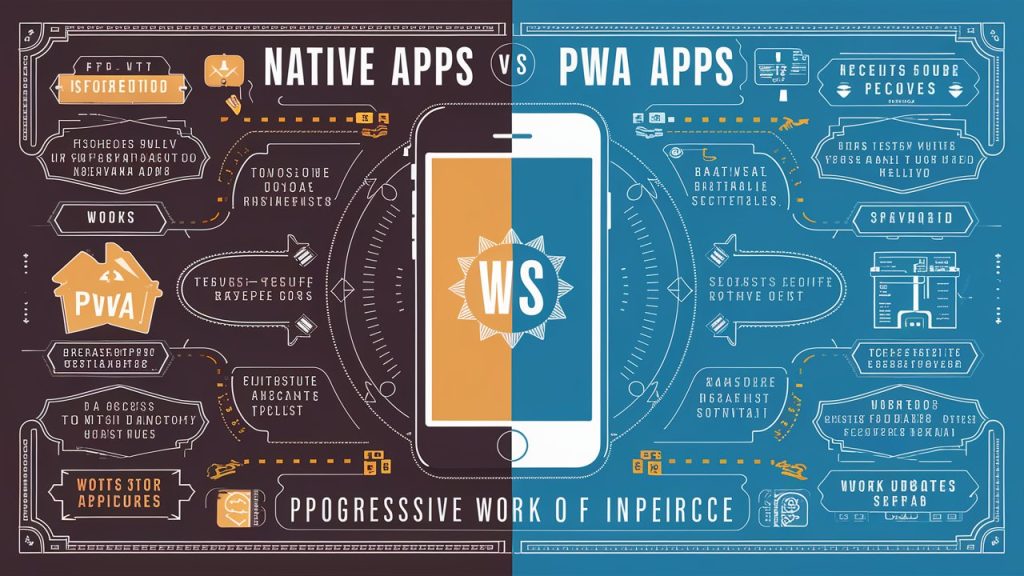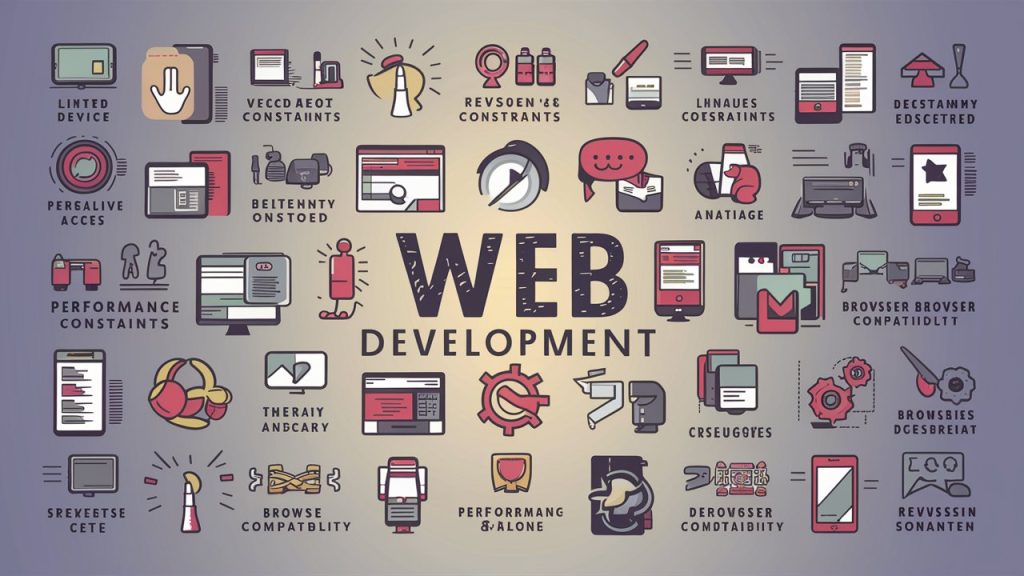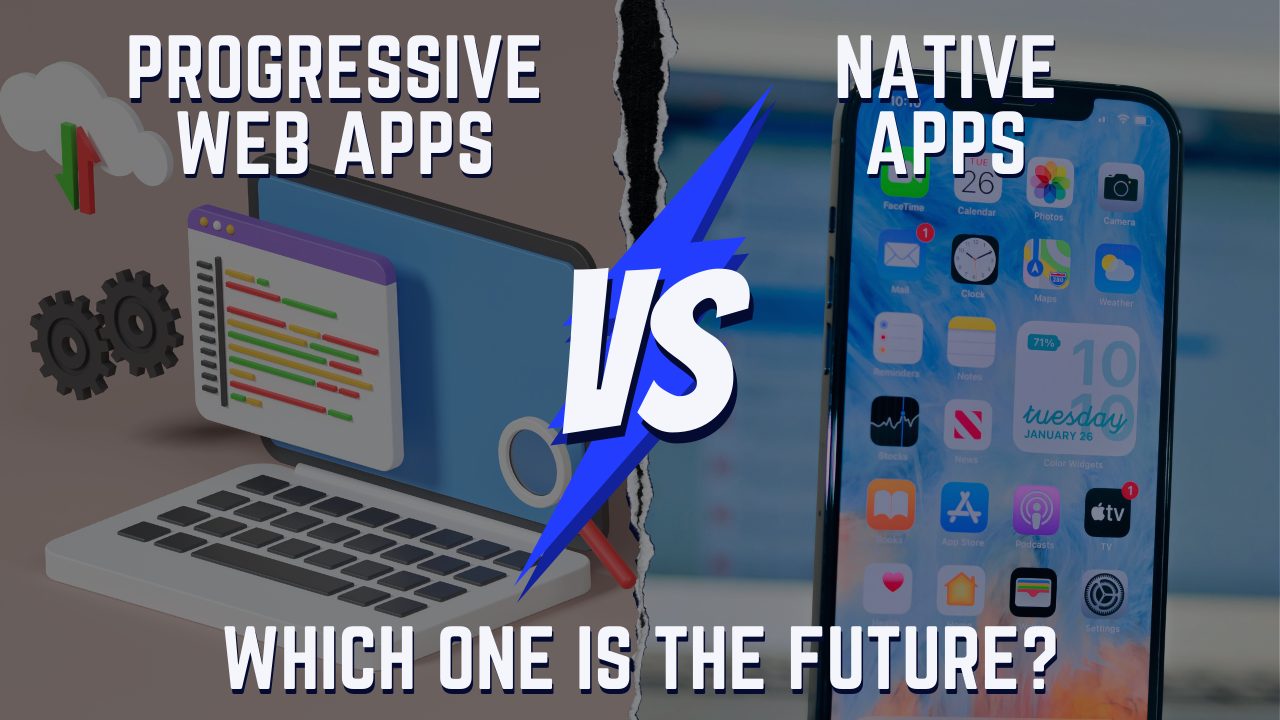The ongoing debate surrounding Progressive Web Apps vs Native Apps: Which is the Future? is reshaping how businesses approach app development. Both technologies offer distinct advantages and are evolving rapidly to meet the growing demands of modern users. While native apps have long been the gold standard for providing a seamless, tailored experience, Progressive Web Apps (PWAs) are emerging as a versatile alternative, combining the best of web and mobile functionality. This article delves into the key aspects of both options to help businesses decide which path to take. Explore more about our company on [our homepage].
Understanding the Basics

Native apps are software applications designed specifically for a particular operating system, such as iOS or Android. These apps are downloaded and installed directly from app stores, offering an experience optimized for the user’s device. Native apps are known for their high performance, integration with device-specific features, and offline capabilities. However, they often require separate development for different platforms, which can be costly and time-intensive.
Progressive Web Apps, on the other hand, are web applications designed to deliver a native app-like experience through the browser. PWAs can be accessed via a URL, eliminating the need for app store downloads. They leverage modern web technologies to provide offline functionality, push notifications, and smooth user experiences. Unlike native apps, PWAs are platform-independent, making them more cost-effective and easier to maintain.
Key Differences Between PWAs and Native Apps

The fundamental difference between PWAs and native apps lies in their architecture. Native apps are platform-specific and require separate codebases for iOS and Android. This enables them to utilize device-specific features, such as GPS, camera, and accelerometer, more effectively. However, the need for separate development can drive up costs and complexity.
PWAs, in contrast, use a single codebase for all platforms, which significantly reduces development and maintenance efforts. They run directly in the browser and can be accessed through a simple URL. While PWAs can mimic many native app features, they still face limitations in accessing certain device functionalities and achieving the same level of performance as native apps in resource-intensive scenarios.
Benefits of Native Apps

Native apps excel in delivering a highly optimized and responsive experience. Their ability to leverage device-specific features ensures smooth performance, even for complex tasks such as gaming or augmented reality. Additionally, native apps provide better security, as they undergo rigorous review processes before being published on app stores.
Another key advantage is their superior offline functionality. Since native apps are installed directly on the device, users can access them without an internet connection. This makes them ideal for applications that require consistent availability, such as navigation tools or productivity apps. Moreover, native apps allow for greater customization and scalability, enabling businesses to build tailored solutions that meet specific user needs. Dive deeper into our [blog posts] for in-depth insights and examples.
Progressive Web Apps Advantages

Progressive Web Apps offer a more accessible and cost-effective alternative to native apps. Their ability to run seamlessly across all devices and platforms eliminates the need for separate development efforts. This not only reduces costs but also accelerates the time-to-market for businesses looking to launch their applications quickly.
PWAs are lightweight and require minimal storage space, as they run directly in the browser. They also enable users to bypass app stores, avoiding the hurdles of lengthy approval processes. Features like offline access, push notifications, and fast loading times make PWAs a compelling option for businesses seeking to enhance user engagement without incurring the high costs associated with native apps.
Challenges of Native Apps

Despite their advantages, native apps come with several challenges. The most significant is the high development cost, as separate codebases are required for each platform. This can strain budgets, especially for startups and small businesses. Additionally, the app store submission process can be time-consuming and restrictive, delaying updates and new feature rollouts.
Native apps also demand considerable storage space on users’ devices, which may deter downloads. Furthermore, maintaining multiple codebases requires ongoing investment in development resources, making it difficult for businesses to scale efficiently.
Challenges of PWAs

While PWAs offer numerous benefits, they are not without limitations. One major challenge is their restricted access to certain device features. Unlike native apps, PWAs have limited capabilities when it comes to leveraging hardware components such as Bluetooth, NFC, and advanced camera functionalities. This can hinder their suitability for applications requiring extensive hardware integration.
Another drawback is their reliance on web browsers, which may result in slightly lower performance compared to native apps in resource-intensive tasks. Additionally, PWAs face compatibility issues with older browsers, limiting their reach in regions where users rely on outdated technology.
Progressive Web Apps vs. Native Apps: Which Is Better?

The answer to this question largely depends on the specific needs and goals of a business. For companies prioritizing high performance, advanced functionality, and offline capabilities, native apps remain the preferred choice. They are ideal for industries such as gaming, healthcare, and finance, where seamless performance and security are paramount.
Conversely, PWAs are a great fit for businesses looking to maximize reach and minimize development costs. Their ability to work across all platforms and provide a consistent user experience makes them suitable for e-commerce, content delivery, and small-scale applications. As technology evolves, the gap between PWAs and native apps is expected to narrow, further blurring the lines between the two.
Conclusion
The debate over Progressive Web Apps vs Native Apps: Which is the Future? underscores the dynamic nature of app development. Both technologies have their strengths and challenges, making them suitable for different use cases. Native apps offer unparalleled performance and functionality, while PWAs excel in accessibility and cost-efficiency.
As businesses navigate the evolving digital landscape, the choice between PWAs and native apps will depend on factors such as target audience, budget, and desired features. By staying informed about the latest trends and advancements in app development, companies can make strategic decisions that align with their long-term goals. Ultimately, the future of app development lies in finding the perfect balance between these two powerful technologies.

